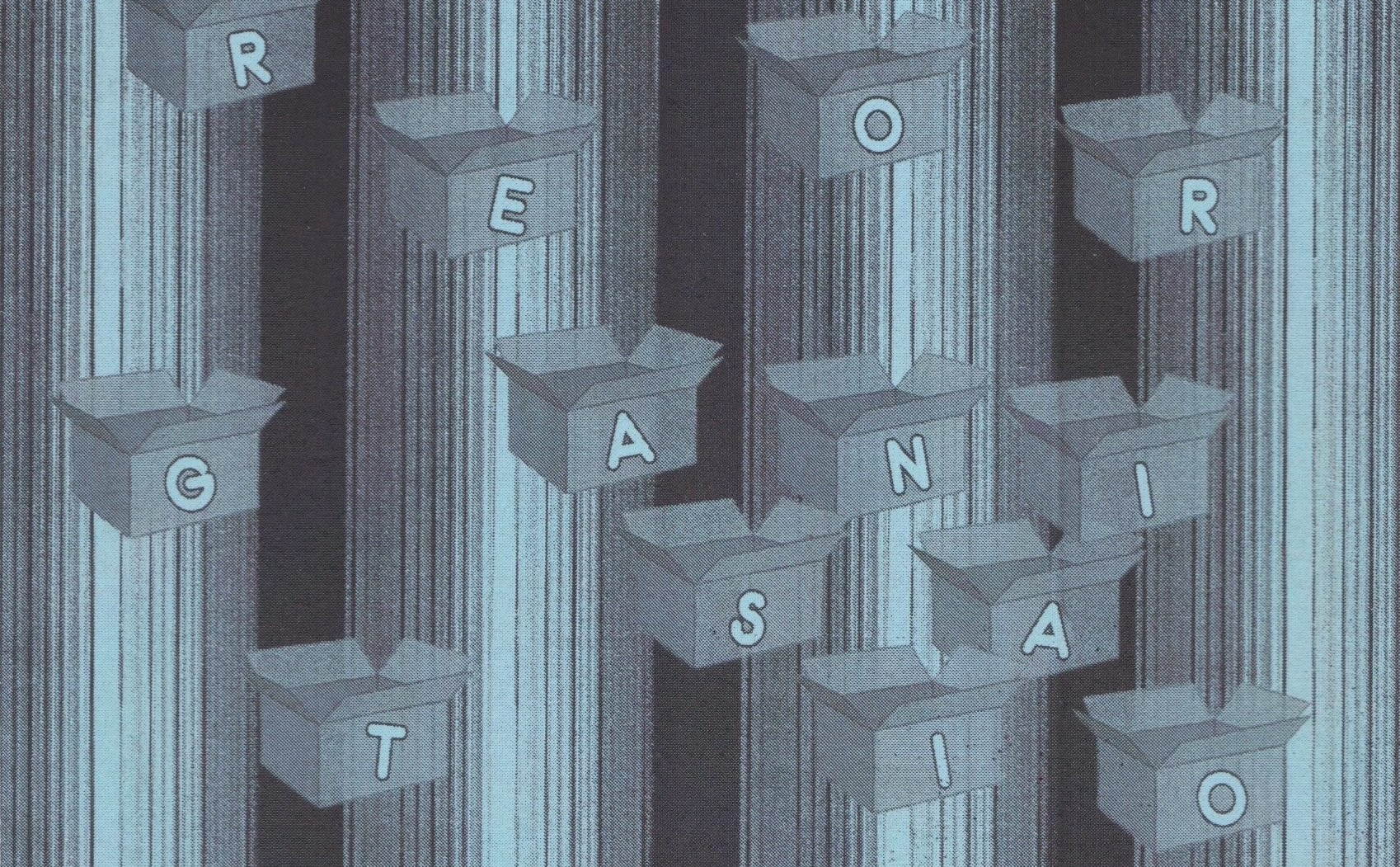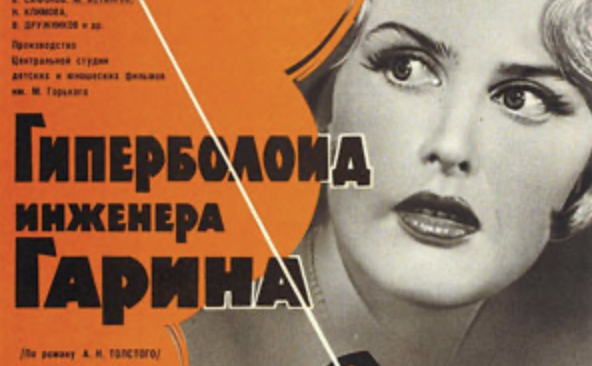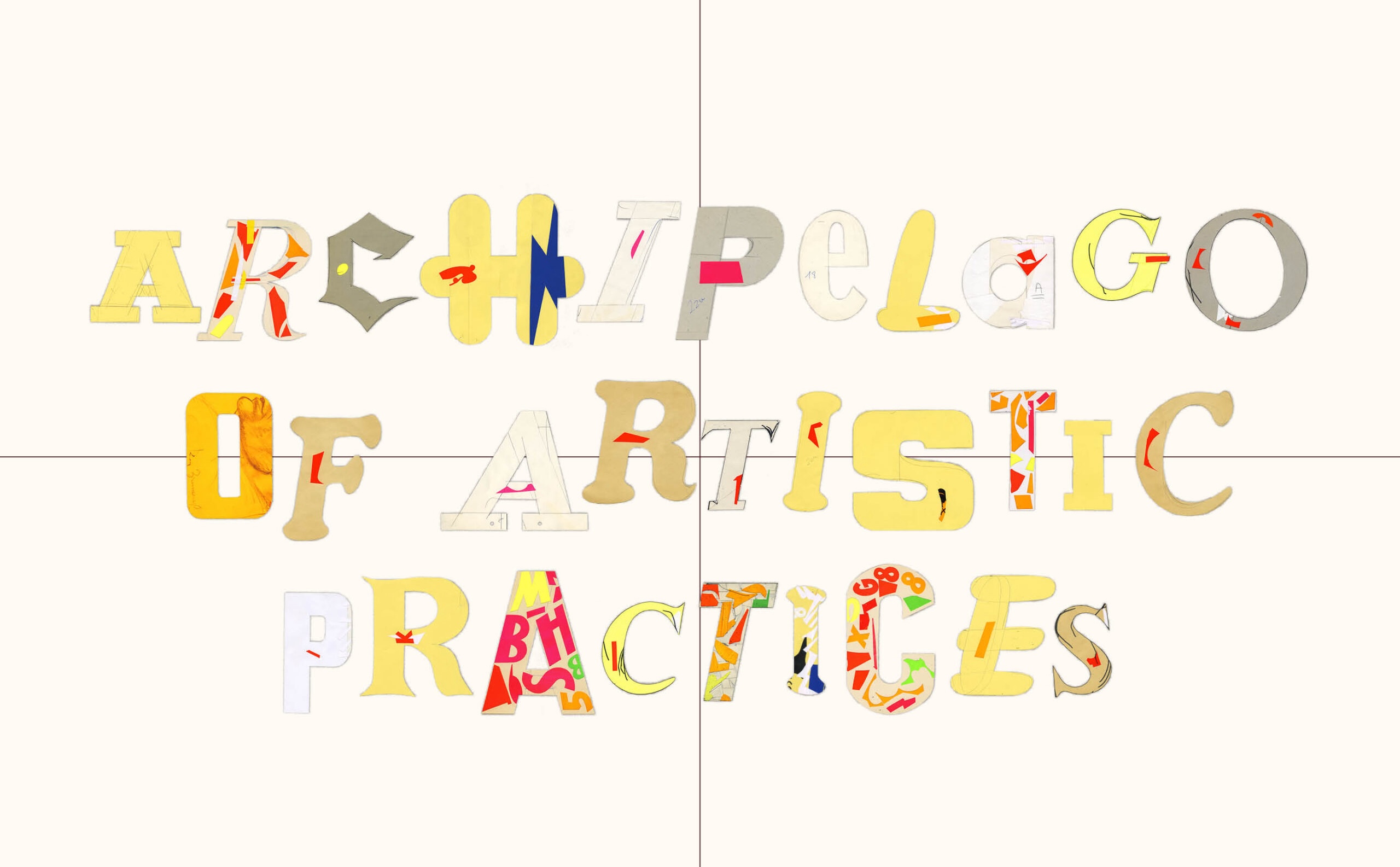[EN] What’s your relation to the ocean? Is there an element of the ocean that is particularly relevant to you?
The Oceanographies Institute functions as a collaborative platform between the artists Marialena Marouda, Charlie Usher and Elpida Orfanidou. TOI’s focus is, essentially, the relation between two bodies of water: the human body and the world ocean. TOI collects and reenacts people’s personal stories about their encounters with the ocean. Where scientific researchers use microscopes and petri dishes, TOI uses microphones and the sound of the voice, or the sound of objects as a means to study human-ocean kinships.
The upcoming radio broadcast will share TOI’s work during residencies at Q-O2. In the framework of the broadcast, the institute will explore the threshold between speech, sound and song with its polyphonic protocols.
[NL] Wat is je relatie met de oceaan? Is er een specifiek element van de oceaan dat voor jou relevant is?
The Oceanographies Institute functioneert als een platform met de kunstenaars Marialena Marouda, Charlie Usher en Elpida Orfanidou. TOI richt zich in essentie op de relatie tussen twee waterlichamen: het menselijk lichaam en de oceaan. TOI verzamelt de persoonlijke verhalen van mensen over hun ontmoetingen met de oceaan. Waar wetenschappelijke onderzoekers gebruik maken van microscopen en petrischalen, gebruikt TOI microfoons en het geluid van de stem, of het geluid van objecten als middel om de verwantschap tussen mens en oceaan te bestuderen.
Tijdens de komende radio-uitzending zal TOI hun onderzoek van de residentie in Q-O2 delen met een publiek. In het kader van deze uitzending zal het instituut met zijn polyfone protocollen de drempel tussen spraak, geluid en zang verkennen.
[FR] Quelle est votre relation à l’océan ? Y’a-t-il un élément particulièrement important pour vous, dans l’océan ?
L’institut océanographique est une plateforme collaborative qui associe les artistes Marialena Marouda, Charlie Usher et Elpida Orfanidou. TOI se concentre essentiellement sur la relation entre deux corps faits d’eau : le corps humain et l’océan. TOI collecte des histoires personnelles auprès des gens et rejoue leurs rencontres avec l’océan. Là où les scientifiques utilisent microscopes et boîtes Petri, TOI utilise des microphones et le son de la voix, ou le son d’objets comme moyen d’étudier les liens de parenté humains-océan.
La prochaine émission diffusera le travail réalisé lors de la résidence chez Q-O2. Dans le cadre de cette diffusion et grâce à ses différents protocoles polyphoniques, l’institut explorera la limite entre le discours, le son et la chanson.

 RELATED
RELATED 

